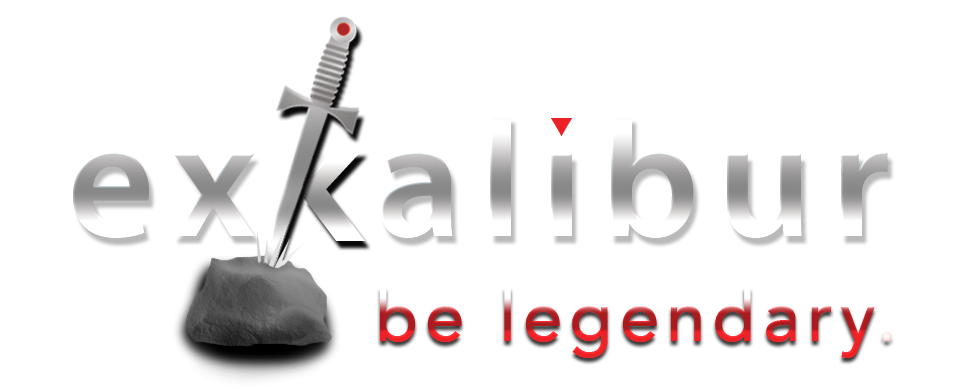One of the most popular words in the business lexicon these days is collaboration.
E veryone’s eager to flatten the organization, get rid of hierarchy, eliminate command-and-control structures and collaborate across broad multifunctional teams.

Is There Anything Really New about Collaboration?
Do we really understand collaboration and why it’s become such a ubiquitous battle cry?
On most days, I’m pretty sure that collaboration is just the newest sheep in communication clothing, a word designed to give new life to the tiresome concepts of “communication” that remain at the root of so many of our life’s challenges.
Both are about encouraging people to share information, be transparent in decision-making and work in teams across functional groups without becoming isolated in silos that neither see nor speak with each other.
Lack of Communication is at the Root of Failed Relationships
If you crawl under the hood of most marriages … consider child-rearing … or employer–employee relationships and organizational culture … you’ll find that communication trumps every other reason for relationship failure.
Without honest conversation and candid feedback across all of the various functions, disciplines and locations, the promise of collaboration as a substitute for a “failure to communicate” won’t make the slightest difference.
But Collaboration is NOT the same as consensus
[pullquote]Communication is something so simple and difficult that we can never put it in simple words. ~ T. S. Matthews[/pullquote]
In too many organizations, collaboration also leaches into consensus-building. Neither consensus nor collaboration is a substitute for leadership.
While collecting input from a variety of disciplines and challenging ideas from every angle is a good thing, making consensus the platform for decision-making is a dangerous byproduct of that approach.
Your job is to lead. There’s not always a consensus about how to do it.
As a leader, you’re challenged to make decisions in the best interests of the organization, its shareholders and other stakeholders.
That’s not the same as making decisions that may be in the best interests of the those you’ve consulted … or only making the decisions with which most everyone agrees.
As a leader, you must make right decisions for the right reasons. Consensus and collaboration are not proxies for weak or irresolute decision-making or surrogates for ineffectual leadership.
Here are 3 Rules to Help You Get This Right
1. Start with this simple formula: Collaboration = Communication.
In their essence, they’re not very different.
Collaboration and communication are about exchanging views, encouraging direct dialogue and honest feedback, and wrestling with the conflicts and differences that will emerge from that process.
Promote widespread communication, and you’ll find collaboration sitting close by.
2. Collaboration ≠ consensus.
Consensus is not a substitute for decision-making.
Your job is to make the right decisions, not to get everyone to agree on some decision.
3. Accountability = The “Ace in the Hole” of Superior Performance
Somebody always has to have the “A” for accountability to make sure that things actually get done even if collaboration falls short of its objectives.
While you should always consider diverse inputs from both inside and outside your organization, you own the final decision and must be accountable and responsible for it.
Dig deeper into the communication challenges within your organization.
Don’t be fooled by a buzzword like collaboration when it really masks a weak communication process that needs to be fixed.
Collaborate to get fresh ideas, challenge old ones and communicate clearly the expectations you have for your team.
Post this formula everywhere people congregate:
Collaboration = Communication ≠ Consensus ≠ Accountability
Live by it, and your accomplishments will soar.
Question: What’s the #1 Best Practice you’ve learned to make collaboration work as intended? You can easily add your comment below, or by visiting our Facebook Page or @Exkalibur on Twitter. I visit them every day and look forward to discussing these ideas and concepts with you.



